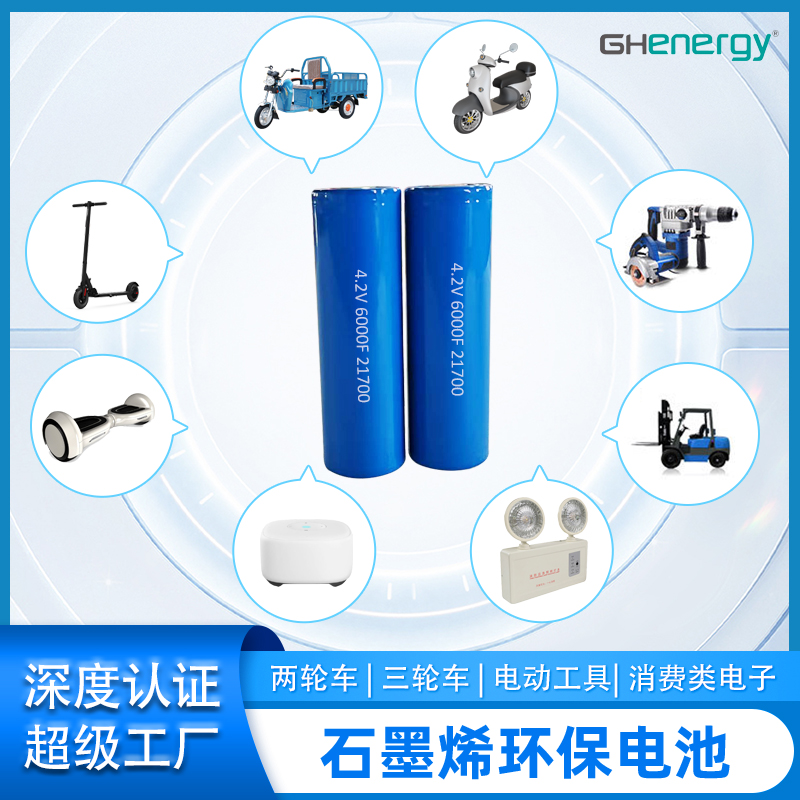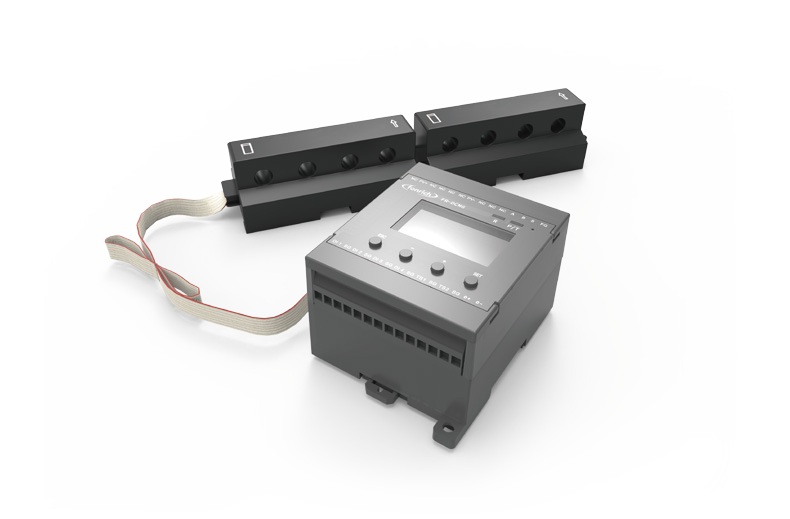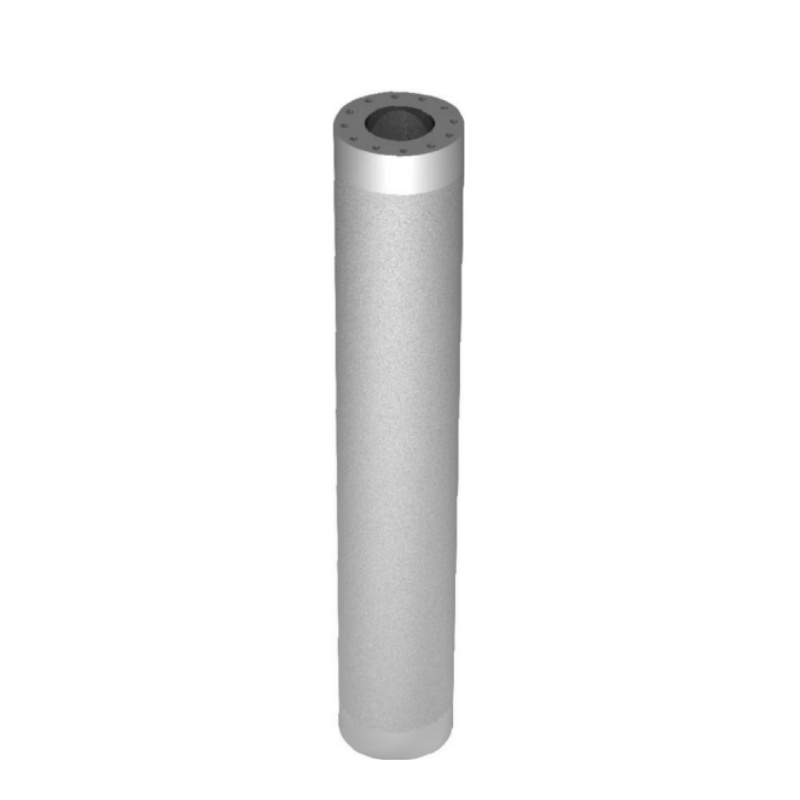Wedoany.com Report-Nov 5, An international team of researchers led by China's Nanjing University has fabricated a 1.05 cm2 all-perovskite tandem solar cell with 28.2% efficiency.
“We have focused on the performance degradation issue exhibited by all-perovskite tandem solar cells during the scaling process from 0.05 cm2 to 1 cm2. Therefore, our challenge is how to fabricate large-area high-efficiency perovskite tandem devices. We believe that we need to first focus on the interface issues in wide-bandgap perovskite single junction solar cells,” Yurui Wang, the research's first author told pv magazine.
The team noted that the certified efficiency is a record for all-perovskite tandem cells of this size. The research appears in “Homogenized contact in all-perovskite tandems using tailored 2D perovskite,” published in nature.
The team addressed the interface losses at the buckminster fullerene (C60) electron transport layer (ETL) of the top wide-bandgap perovskite cell. “We found that the deposition of C60 can cause a deterioration in device uniformity, even though we have discovered similar patterns in early published papers, these phenomena have not received sufficient attention,” explained Wang.
The interface homogenization strategy involved applying a mixture of 4-fluorophenethylamine (F-PEA) and 4-trifluoromethyl-phenylammonium (CF3-PA) to create a two-dimensional (2D) layer that reduced contact losses and increased homogeneity, with the CF3-PA enhancing charge extraction and transport.
The result was a top cell with an open-circuit voltage of 1.35 V, an efficiency of 20.5%, and an energy bandgap of 1.77 eV at the cm2 scale. The team stacked it with a narrow-bandgap perovskite sub-cell to create a 1.05 cm2 all-perovskite tandem cell with certified 28.2% efficiency. Both results were certified by Japan Electrical Safety and Environment Technology Laboratories (JET).
The group concluded that the work “showcases the importance of treating the top perovskite/ETL contact for upscaling perovskite solar cells.”
The technology is expected to be further developed by Renshine Solar, a startup company founded by co-corresponding author Hairen Tan, according to Wang.
“We will continue to pay attention to the scientific issues within photovoltaic devices, develop the scalable preparation process for all-perovskite tandem solar cells, and make continuous efforts to promote the commercialization of this technology,” Wang said, referring to the future direction of the group's work. “Our ultimate goal will be to achieve higher efficiency, larger area, greater stability, and lower cost on tandem devices.”

















